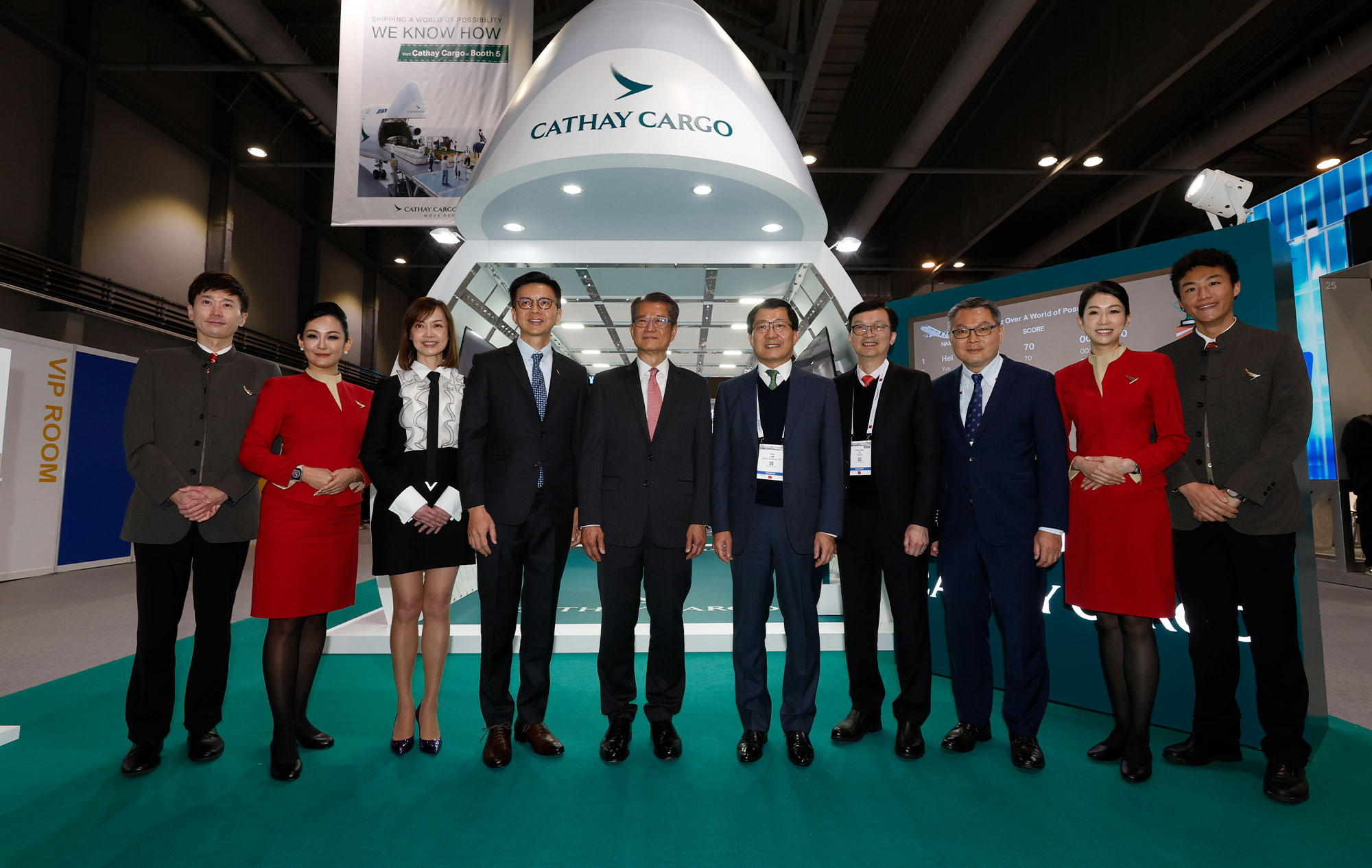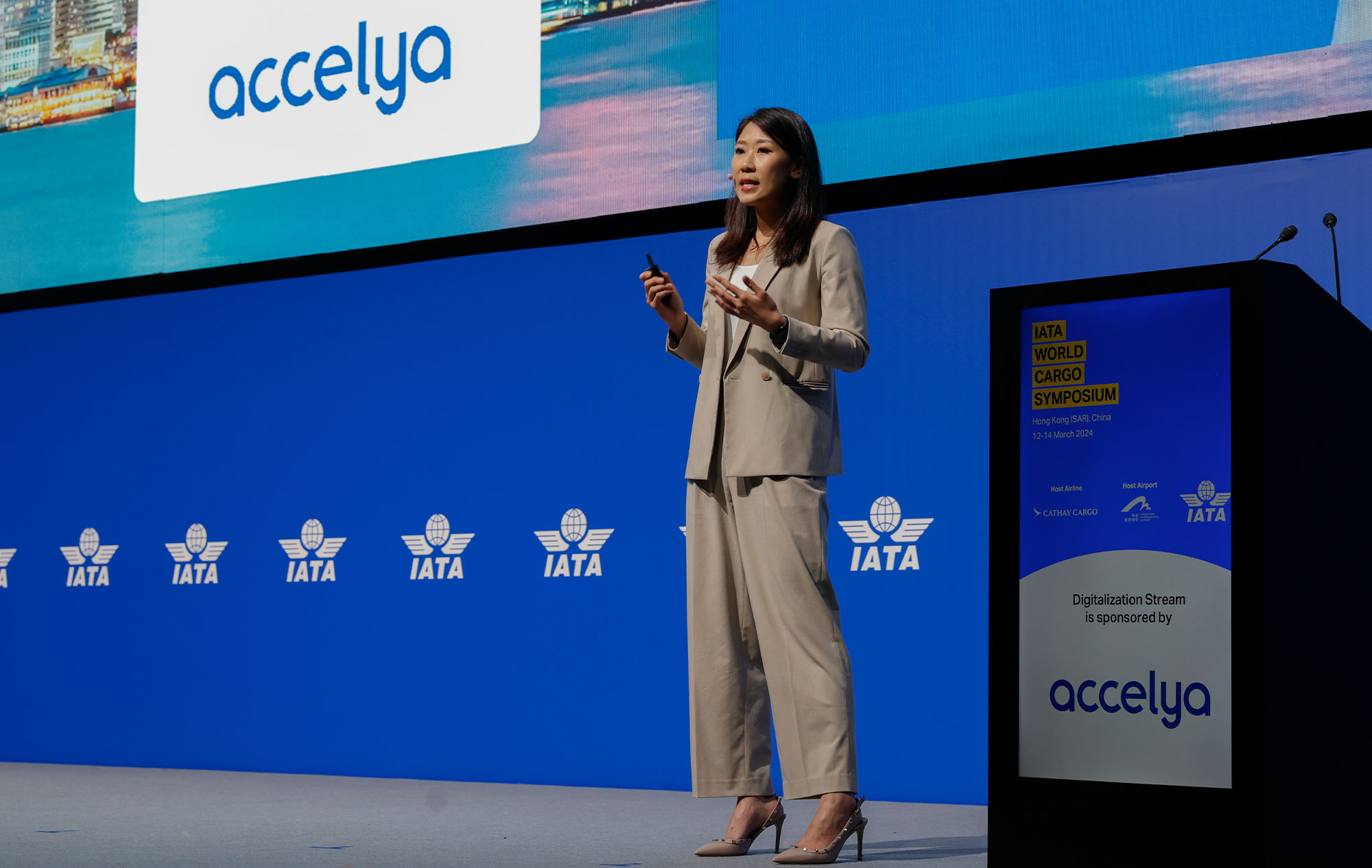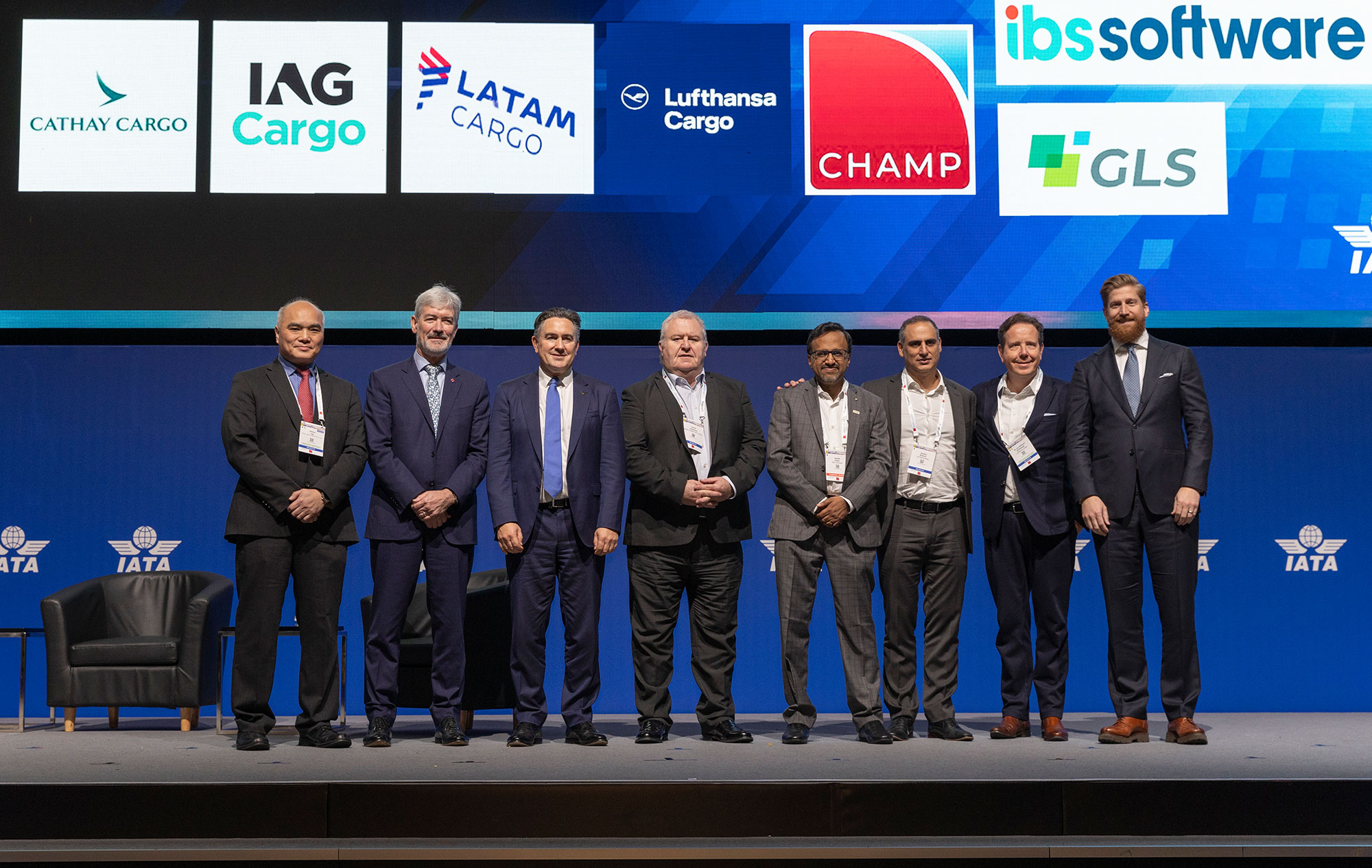Cathay Pacific Cargo has launched the first phase of its digitised, blockchain ULD (unit load device) management system. Cathay Pacific is the first airline to implement a blockchain ledger to record custody of its ULDs.
The rollout follows an initial trial started back in 2018. Also resulting from that trial is a mobile app that can be used to log custody changes for ULDs.
The rollout will occur in three phases. The first will introduce the technology to the controlled area at Hong Kong International Airport. Calvin Hui, eCargo and Digital Enablement Manager, said: ‘The first stage will be about the ULD custody change between our stakeholders at the airport. They will be able to see the record of where each ULD is across the airport. The benefit is that rather than simply telling stakeholders the total number of ULDs that their station is holding, they will know exactly where to locate them.’
The second phase, which starts in February 2020, will incorporate Hong Kong cargo agents who are using ULDs loaned from Cathay Pacific Cargo to build up shipments in their own warehouses. Most of the cargo that arrives at the Cathay Pacific Cargo Terminal is prebuilt, which means that at any one time, many ULDs are out on loan to agents.
There are additional complications in the market, with some cargo agents lending ULDs to other agents who may have space booked on a Cathay flight – even though the first agent remains liable for the ULD.

Hui said: ‘Hong Kong has a sophisticated operational model, but this will enable our agents to keep track of their inventory by giving them the option to assign an ULD to a secondary holder other than themselves.’
The final phase, set for April 2020, will see the system extend to Cathay Pacific Cargo operations at Chicago, New York, Miami and Los Angeles before progressively rolling out across the global network.
There have been some changes to the process since the trial in 2018, which used QR codes and Bluetooth readers built into an app to make the operation paper-free. Ultimately, the system will be able to read information from Bluetooth transmitters, and the app can accommodate this. However, it will take a couple of years for these transmitters to be installed on all the ULDs that Cathay Pacific Cargo leases – around 20,000 from a total inventory of 10 times more.
‘The future will be the mobile app detecting SMART ULD using Bluetooth,’ said Hui. ‘But until then and from our February rollout to Hong Kong agents, users will need to either enter the unique ULD number into the app manually or through voice recognition.’
Paper-free ULD management and trusted information about leases are coming – get ready.








